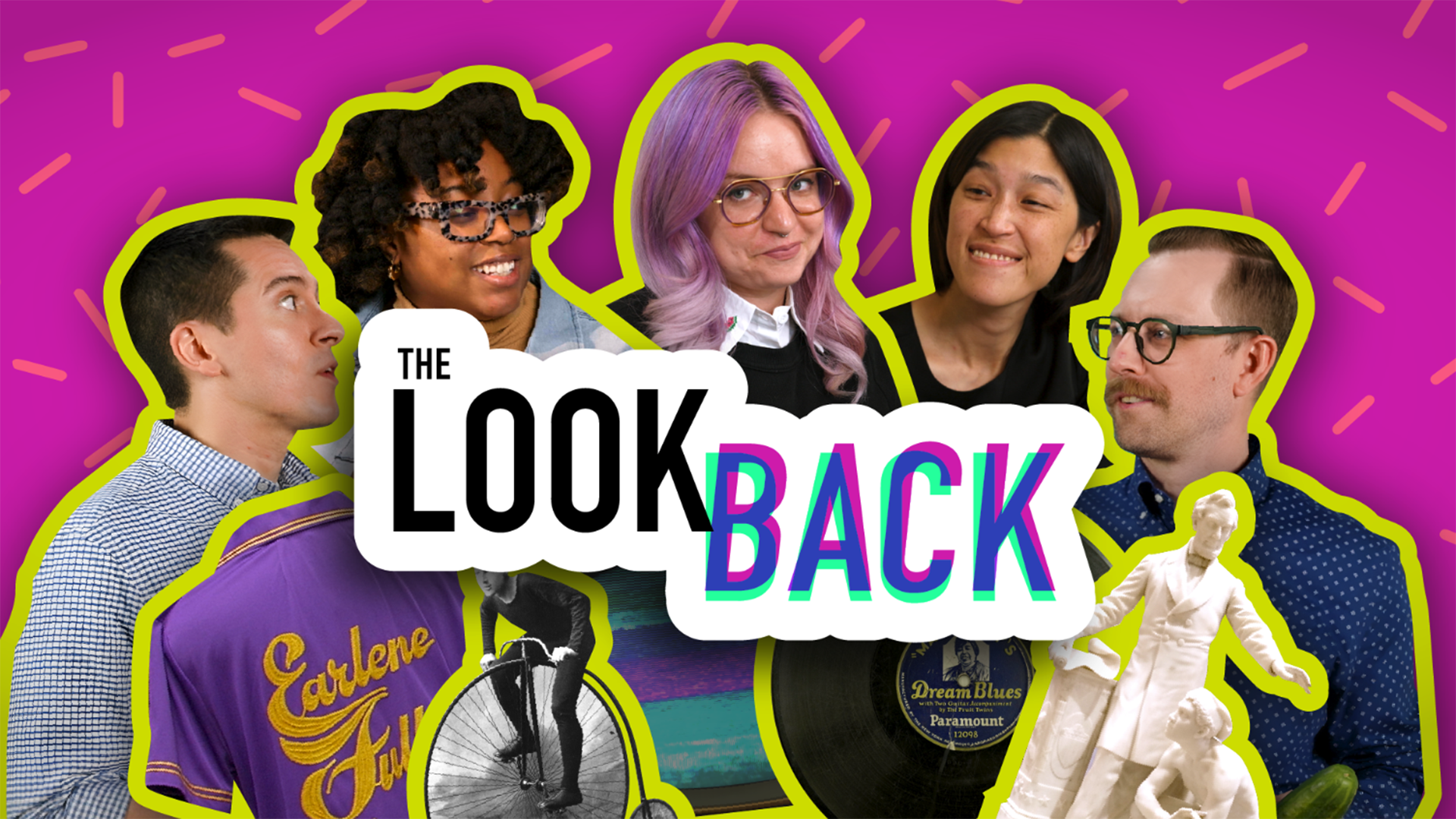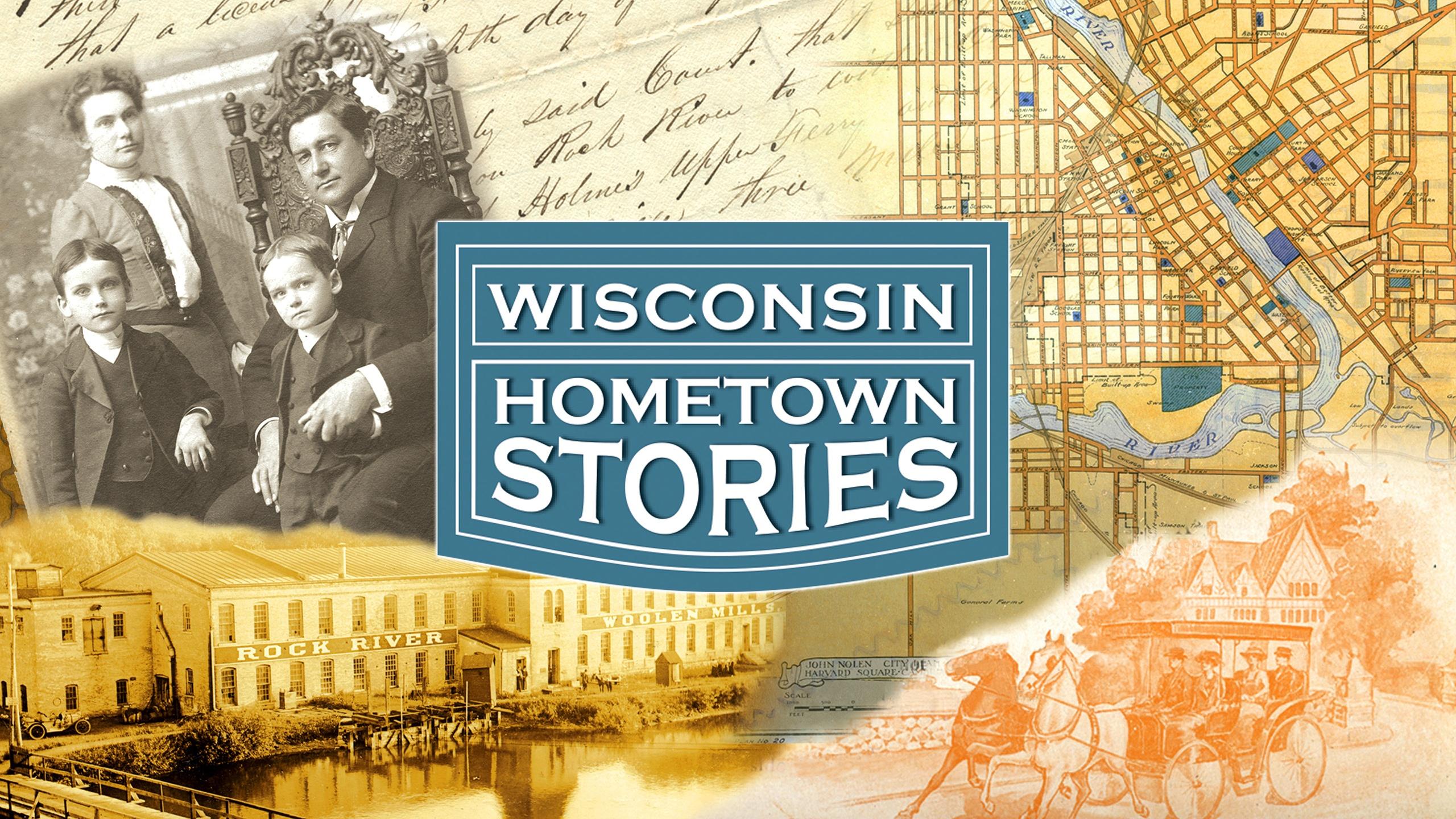Frederica Freyberg:
We turn to Barry Burden, professor of political science at UW-Madison and director of the Elections Research Center. Thanks very much for being here.
Barry Burden:
Glad to be with you.
Frederica Freyberg:
So, as we’ve mentioned, the deadline for submitting new maps was today. There are the Legislature’s maps and the governor’s maps. What happens now?
Barry Burden:
Well, parties will have submitted the maps and then those parties can offer responses to the maps from the other side over the next week, so those reply briefs will come in in the next seven days and then essentially all of that material gets handed to the two consultants that the court decided would evaluate the material and they have until February 1 to do their work.
Frederica Freyberg:
So at what point would the governor, for example, have an opportunity to veto the Legislature’s maps?
Barry Burden:
Yeah, that’s a little unclear to me. The parties in the case may submit proposals today, but it seems very unlikely that there would be a full legislative process. So I think we’ll just have to wait and see what gets submitted. My guess is that the executive branch and the legislative branch will have different ideas and will submit maps essentially separately without bothering with much of a legislative process.
Frederica Freyberg:
And yet this is on a major fast track.
Barry Burden:
It is moving very quickly. The decision came down on December 22nd just before the Christmas weekend. The court hopes and the Wisconsin Elections Commission hopes to have everything done by mid-March so that maps are in place before the August primaries later in the summer. So it is moving at a good clip.
Frederica Freyberg:
Is it expected, in your minds, that the court’s consultants will actually draw these voting maps from scratch in the end here?
Barry Burden:
I think that’s likely, but there is a lot of ambiguity in the court’s order. It said that the consultants should evaluate the maps that are proposed by the parties in terms of whether they meet all of the traditional criteria plus the additional criteria of having no partisan impact. But the court has not defined what they mean by that. I think the consultants have some good concepts to rely on from work they’ve done in other states and academic work on measuring the bias in maps, but they will have to come up with standards essentially to evaluate whether those criteria are met. It seems unlikely that any one map would meet all of the criteria in a clear black and white way and so the consultants will probably be led to produce some kind of maps of their own.
Frederica Freyberg:
So as to the criteria, what will the maps have to look like for the court’s approval here?
Barry Burden:
Well, they will meet the criteria that the maps have met in the past. For example, having equal populations in each district complying with the federal Voting Rights Act to ensure the voting rights of racial and ethnic minorities, trying not to split counties and municipalities unnecessarily. This time around, it will also have to make sure there aren’t any separated pieces of territory. All the districts need to be contiguous in a kind of literal fashion on the map and then this additional criteria they’ve added of no partisan impact, meaning the map looks sort of neutral or the way an uninterested party would have produced the maps. So my guess is the districts will look somewhat different from the ones we have today. They will certainly shake up where incumbents end up because that’s not part of the consideration for the mapmakers.
Frederica Freyberg:
So thrown out was this requirement of ‘least change’ from the last go-around.
Barry Burden:
Yeah. That was a major statement in the court’s opinion that they didn’t want to essentially reaffirm the existing biases in the map and they demanded that the maps be drawn from scratch in a way that is politically neutral, so not advantaging one side or the other and adopting a ‘least change’ approach they viewed as essentially locking in existing biases in favor of Republicans.
Frederica Freyberg:
What is the expectation that the remedial voting maps will, in fact, be in place in time for this year’s elections?
Barry Burden:
I think it can happen. This is a new process for the state Supreme Court. They’ve not produced maps in this way before. It’s an accelerated time schedule so it needs to be done essentially within the month of February to have everything in place in early March. I think it’s very possible for consultants to do that. I think it’s a question of how fast the court can operate when it evaluates the maps it ends up getting from consultants but given the technology and the familiarity with all of the interested parties here, I think maps can come together pretty quickly.
Frederica Freyberg:
In the end, how might remedial maps change the political landscape in Wisconsin?
Barry Burden:
I think the number one effect will be shaking up incumbents. Districts today are drawn with incumbents in mind. They are players in the process in the state Legislature so they have their own interest in mind. There are some parts of the state where incumbents’ home addresses are very close to one another and yet the districts have been drawn to ensure that they’re in different districts. So we should expect lots of places where incumbents get thrown in together into the same districts or are forced to make hard decisions. I think that impact will be bigger than the partisan impact which will surely advantage Democrats, but not probably put both chambers immediately up for grabs for both parties.
Frederica Freyberg:
All right. Barry Burden, thanks very much for your expertise.
Barry Burden:
Thank you.
Search Episodes

Donate to sign up. Activate and sign in to Passport. It's that easy to help PBS Wisconsin serve your community through media that educates, inspires, and entertains.
Make your membership gift today
Only for new users: Activate Passport using your code or email address
Already a member?
Look up my account
Need some help? Go to FAQ or visit PBS Passport Help
Need help accessing PBS Wisconsin anywhere?

Online Access | Platform & Device Access | Cable or Satellite Access | Over-The-Air Access
Visit Access Guide
Need help accessing PBS Wisconsin anywhere?

Visit Our
Live TV Access Guide
Online AccessPlatform & Device Access
Cable or Satellite Access
Over-The-Air Access
Visit Access Guide
 Passport
Passport






Follow Us